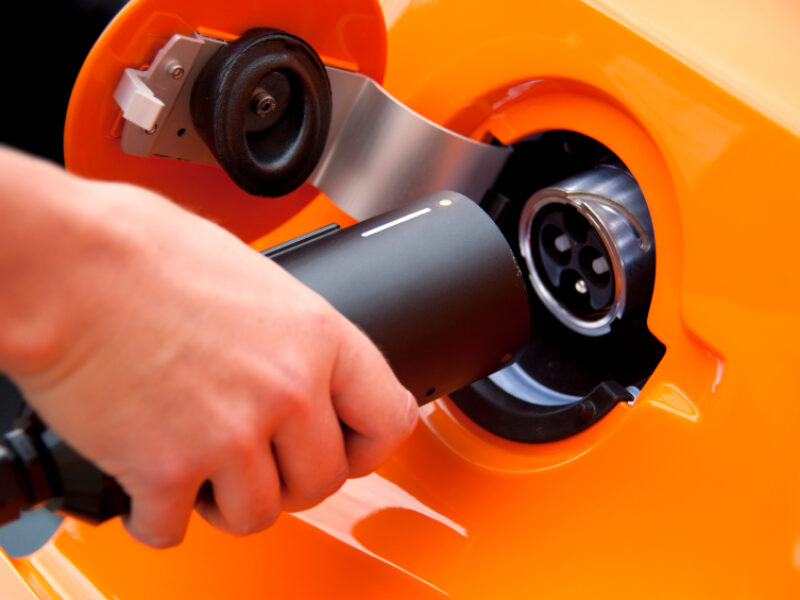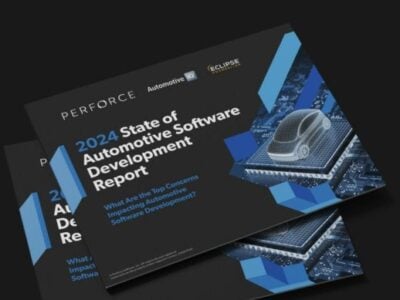
Study: Traditional carmakers drive electromobility transformation
The ADR study is published semi-annually and examines 26 automotive indicators in 23 countries. The current tenth edition of the study shows the great progress made since the first analysis was published at the beginning of 2017. For example, the share of electric cars and plug-in hybrids in global new car sales has risen from 1.5 to 6.9 % since then. The number of charging stations per 100 kilometres increased fivefold; however, there are significant differences between countries and between regions within countries. The milestone of 50% share of electric vehicles in the product range sold by 2030 is mainstream among the major manufacturers.

Dynamic upswing: acceptance of electrically powered vehicles is growing rapidly
The change is not only driven by new, all-electric vehicle manufacturers and societal pressure to reduce greenhouse gas emissions from fleets. Some traditional manufacturers have meanwhile put themselves at the forefront of the movement. By 2050, some car companies want to have achieved complete climate neutrality. According to the study, their strategies are also in line with the wishes of their customers: worldwide, six out of ten consumers can now imagine buying an electric car, and four out of ten would like to see no internal combustion cars at all on offer from 2030.
As often in previous years, the Netherlands came first in the current edition of the Automotive Disruption Radar, followed by China, Sweden and Singapore. Among the five newly surveyed countries (Norway, Israel, Brazil, Thailand and Indonesia), Norway performed best, landing in fifth place right after Singapore. The country recorded an electric and plug-in hybrid share of 79 % in vehicle sales. By comparison, second-placed Sweden has 39 % and Germany 19 %. In Thailand, large capacities for the production of electric and plug-in hybrid vehicles are currently being built, and Indonesia, thanks to its own raw material deposits, is counting on its own battery cell production.
Progress is also being made in the area of charging infrastructure. With 75.2 charging points per 100 kilometres of road, South Korea is the undisputed leader. The Netherlands follows far behind with 21.9 charging points. Worldwide, the number of charging points has more than quintupled from 0.5 to 2.8 since the first edition of the radar.
The extremely dynamic market penetration of electric cars in China has gone largely unnoticed by foreign countries. Apart from the possibility to configure a car according to the customer’s own ideas, the price is likely to play an important role: Smaller models are already available from the equivalent of about 4,200 US dollars. Almost all of the ten best-selling electric models worldwide in the first half of 2021 come from Chinese manufacturers.
When it comes to autonomous driving, it is striking that consumers in Asia are most confident that the technology will soon make a breakthrough. In South Korea, for example, four out of ten respondents believe that commercial offers will be available in nine years’ time. In Germany and the USA, the figure is only around 30 %. At the same time, 73 % of respondents worldwide believe that their country is not doing enough in terms of regulatory frameworks or infrastructure to promote the widespread use of the technology.
The steadily increasing number of patents related to autonomous driving is also an indication of progress: for example, the share of all patents in the field of mobility technologies rose from 2.2 % in 2017 to 5.8 % now.
“The breakthrough of electromobility was already apparent last year. As the latest results show, the development has now gained even more momentum,” comments Wolfgang Bernhart, Partner at Roland Berger. “The triumphant march of disruptive mobile technologies such as electrification and autonomous driving can no longer be stopped, despite Corona.”
“Although we see a lot of activity in the market, the question of how companies earn money with offers around autonomous driving still remains unresolved,” adds Stefan Riederle, automotive expert at Roland Berger. Corresponding business models are currently being developed. “In our opinion, three factors are decisive: The best possible connectivity, i.e. a high-speed internet connection, a high-quality and highly customisable interior, and an attractive range of services and entertainment.”
https://www.rolandberger.com/en/
Related articles:
Poll: All drive systems of today will still be relevant in 10 years
China sees boost in e-mobility innovation rankings
Innovation in e-mobility: Two winners and some surprising laggards
IAA Mobility reflects technical and social upheaval
Volkswagen unveils plans for next gen electric car, digital future
 If you enjoyed this article, you will like the following ones: don't miss them by subscribing to :
eeNews on Google News
If you enjoyed this article, you will like the following ones: don't miss them by subscribing to :
eeNews on Google News




